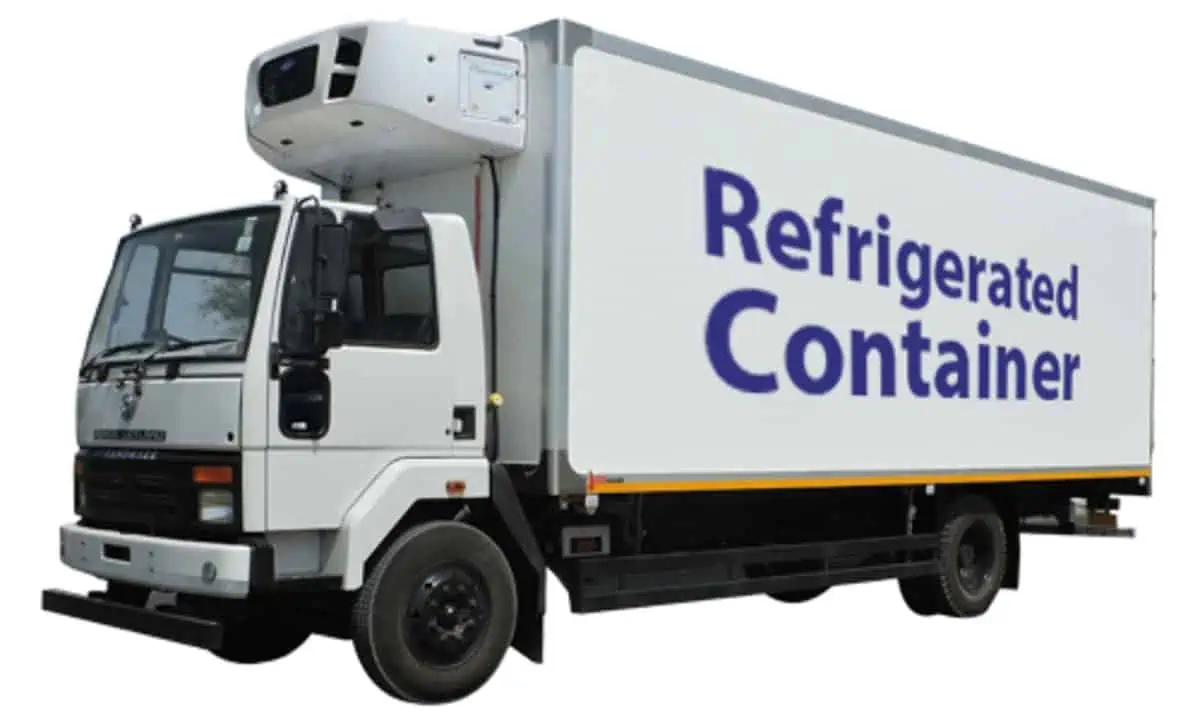Fascination About Southern States Group
Table of ContentsIndicators on Southern States Group You Need To KnowSouthern States Group Fundamentals ExplainedSouthern States Group for DummiesThe 7-Second Trick For Southern States GroupNot known Details About Southern States Group
To optimise the traveling time for perishable freight, those in cost of planning must pick the most effective feasible routes to adhere to. This typically involves considering details such as roadway safety and threats in addition to complete distance. Any potential disruptions in the cool chain must be determined beforehand and optimised so as not to endanger the products itself.Choosing a specialist freight forwarding company to move delicate freight entails careful factor to consider of their performance history, loading/unloading access, quality systems and interaction techniques - https://www.metal-archives.com/users/southstgr0up. Of course, establishing what costs are included and how your freight will certainly be kept track of once it is in activity issues. A wide array of vehicles are equipped with refrigeration systems to maintain fragile products risk-free from harm

Cooled transportation allows deliveries of nearly any type of sort of cargo to be dealt with securely. Below are a couple of key reasons why cooled transport is very important: Product that are particularly vulnerable to temperature level changes can only be safely moved over fars away by utilizing chilled transport. Without refrigeration in the process, many items would weaken to a pointless state prior to arrival.
The 5-Second Trick For Southern States Group
$5.2 billion dollars of food is gotten rid of each year in Australia, and 5 - Transitair HVAC.4 million instances of gastroenteritis are reported. One significant root cause of this is inadequate chilly food chain administration, particularly in refrigerated transportation. The chilly chain is everyone and service included in moving cooled and iced up food
The Australian Cold Chain Guidelines supply suggestions on best methods in the cool chain. The main cool chain problems are established out in 3 rules which we cover below.
They should additionally offer documentation and interact the guidelines to all phases of the cold chain. All phases in the cold chain demand to keep records of: Temperature level products are received at, Time products are out of refrigeration for, Temperature items are stored at, and Temperature level goods are sent off at.
Some Known Facts About Southern States Group.
Manufactures should additionally be notified and offer instructions on what better activity ought to be taken. This rule problems temperature level. It shows the optimum temperature food should be moved and exposed to in all stages in the chilly chain. This can be accompanied with a keep over temperature. Cooled foods ought to be kept in between 0C and +4 C for the most part.
Frozen foods and ice lotion need to be maintained at a never ever warmer than temperature level of -18 C. The maximum out of refrigeration regulation associates to the amount of time food can be kept out of a regulated cooled atmosphere.
If they are unloaded in refrigerated settings between 0C and +5 C there is no maximum out of refrigeration time limit. This is due to the fact that it is still fulfilling its never ever warmer than rule. http://go.bubbl.us/e3bbaa/3e7f?/Southern-States-Group. When icy foods are being unloaded into a room temperature level atmosphere, the maximum out of refrigeration time frame is 20 mins
Everything about Southern States Group
If the temperature is between 0C and +5 C in a chilled setting, the maximum out of refrigeration time limitation is 90 minutes. Transitair HVAC. Gelato and ice confection has a maximum out of refrigeration time frame of 20 mins, no matter if they are unloaded in cooled or air-conditioned atmospheres. This is since they react faster to temperatures over -18 C and can spoil conveniently
They ought to never ever be unloaded at area temperature level environments. This FEFO policy is based upon stock turning. This means that stock with a short expiry ought to be made use of or sold prior to supply with a longer expiry. This is various from the initial in very first out policy which focuses on relocating the earliest product.
The lengthy expiration supply would after that be used. This would certainly allow supply with a short expiry to spoil before being sold or used.
The standards for cooled transport are provided below. Products must be packed at their required temperature. Cooled automobiles are not created to dramatically reduced temperature level, simply preserve it.
How Southern States Group can Save You Time, Stress, and Money.
Temperature level checks ought to be occasionally carried out and tape-recorded when brand-new item is filled into the refrigerated truck. Do not overload the cooled vehicle with item.
Make sure precise refrigeration ability to guarantee temperature image source is maintained. This consists of air flow, thermal mass of the lots and optimum loading. Mixed temperature level lots need to be divided with dividers to minimise heat transfer. Fresh, chilled and frozen products must usually not be put on the same pallets. This may be excepted if examinations show much faster discharging, lowering out of refrigeration time.
